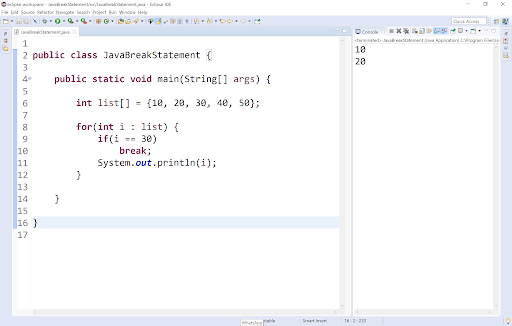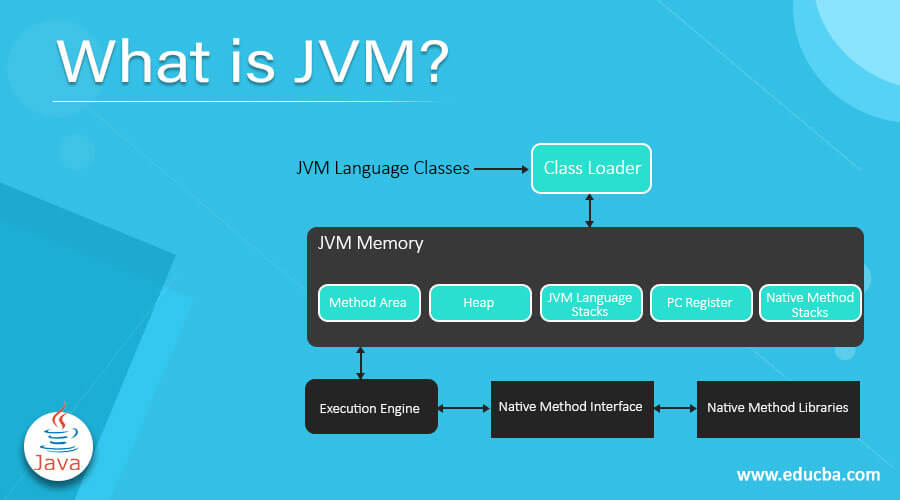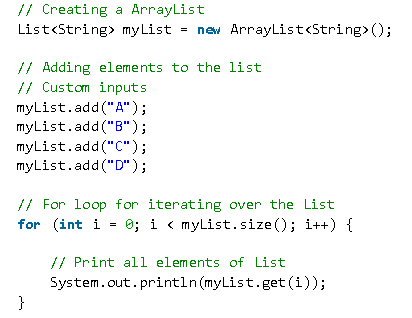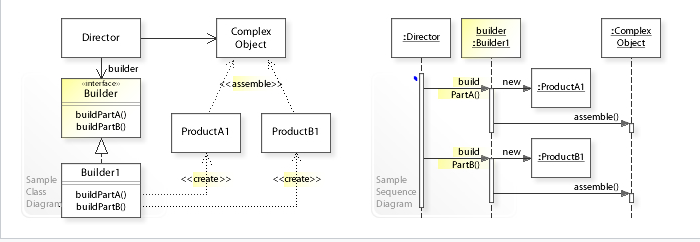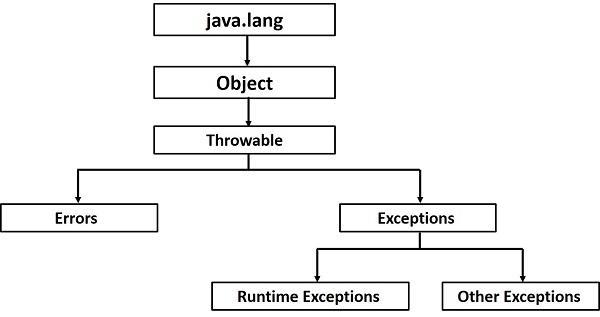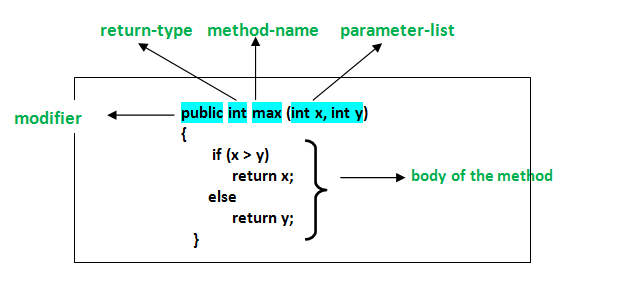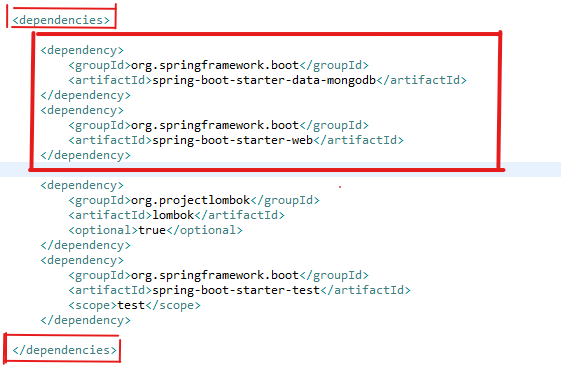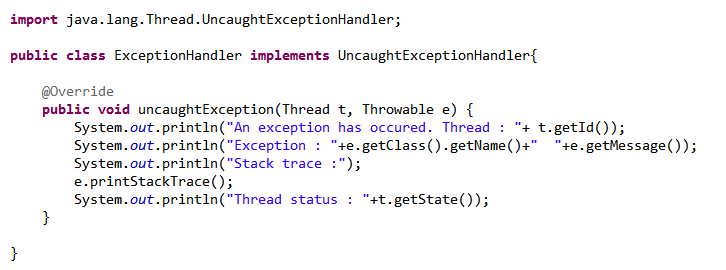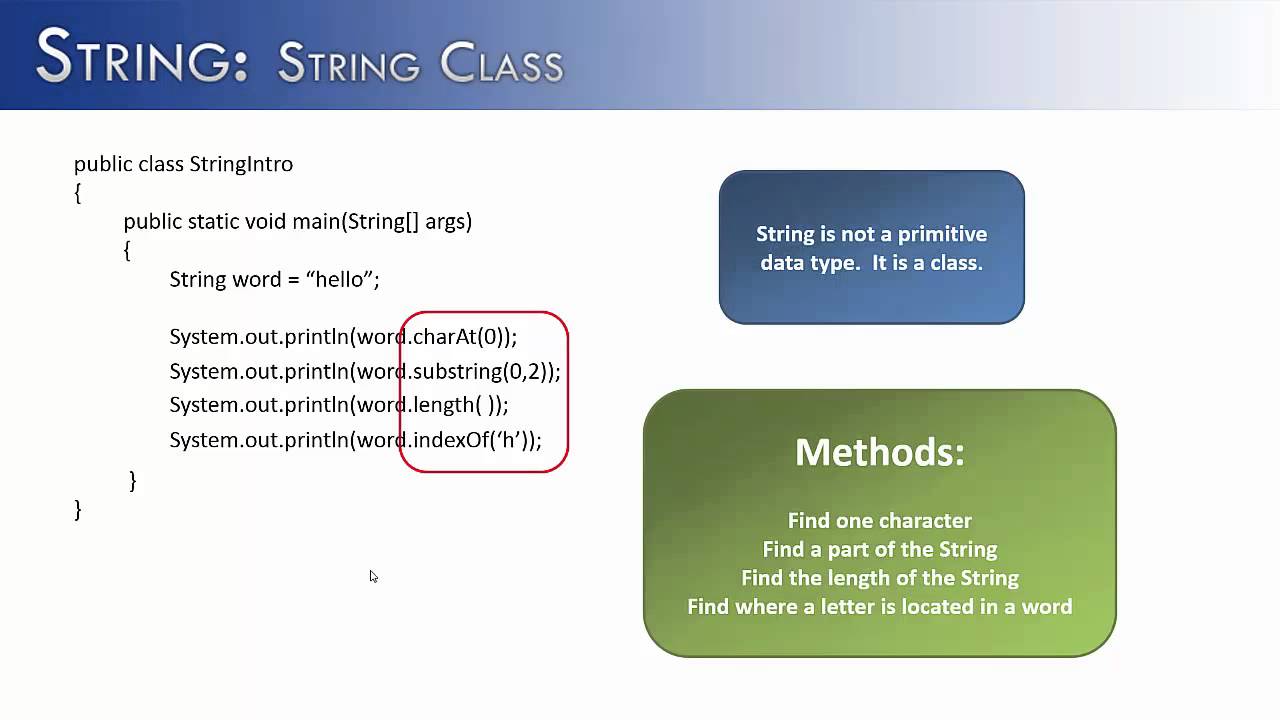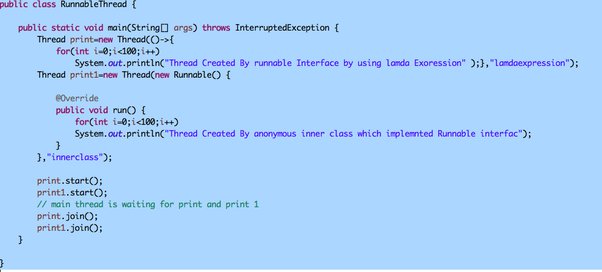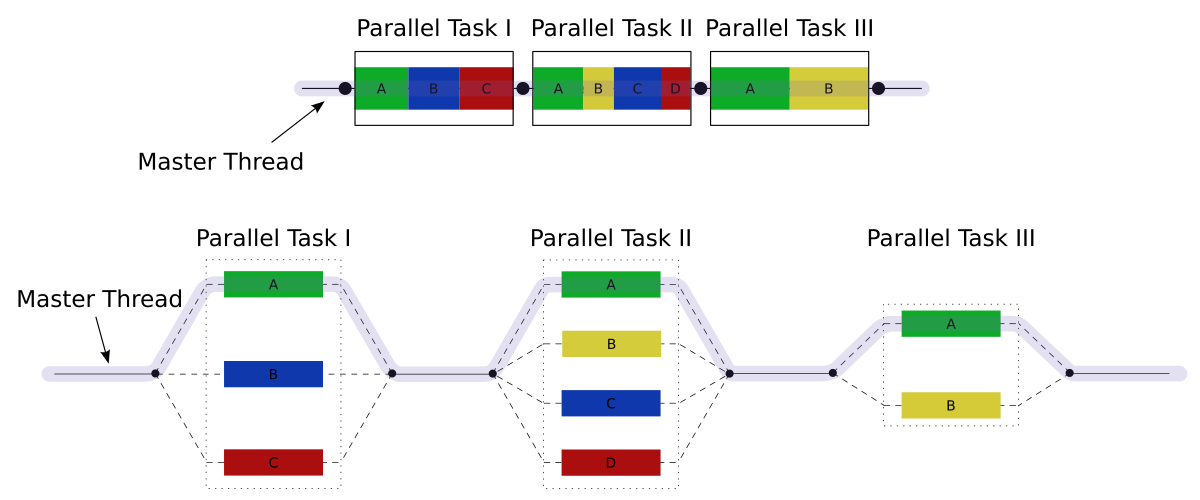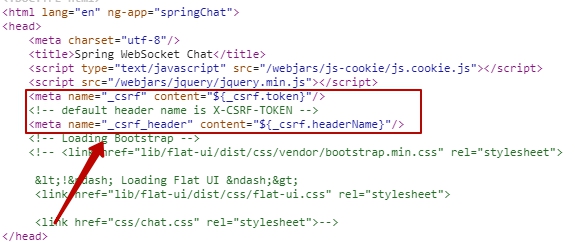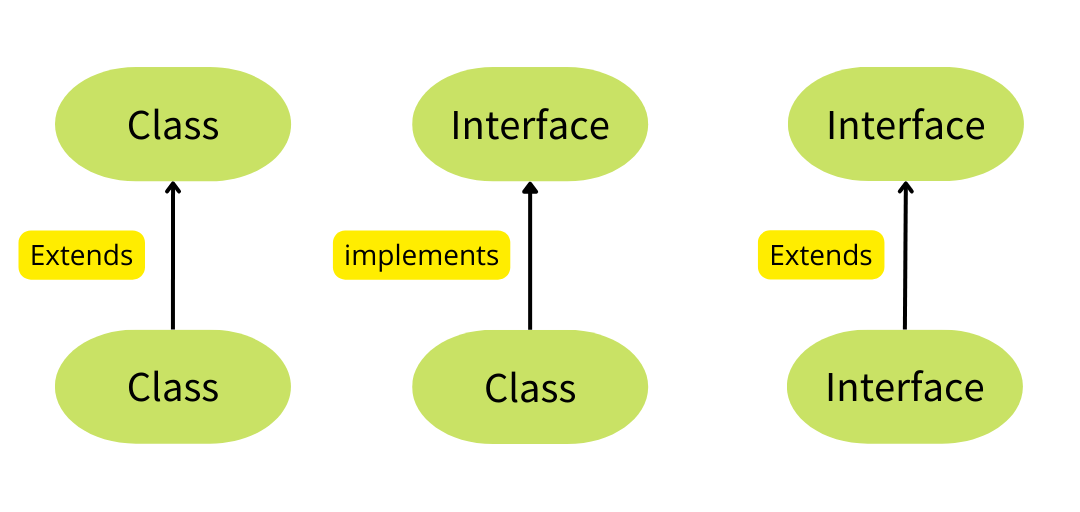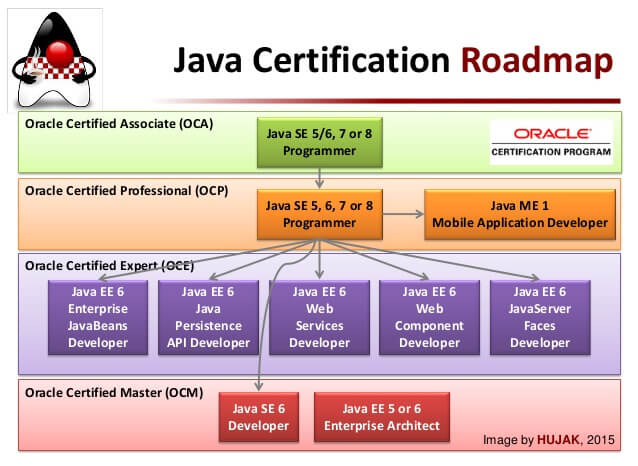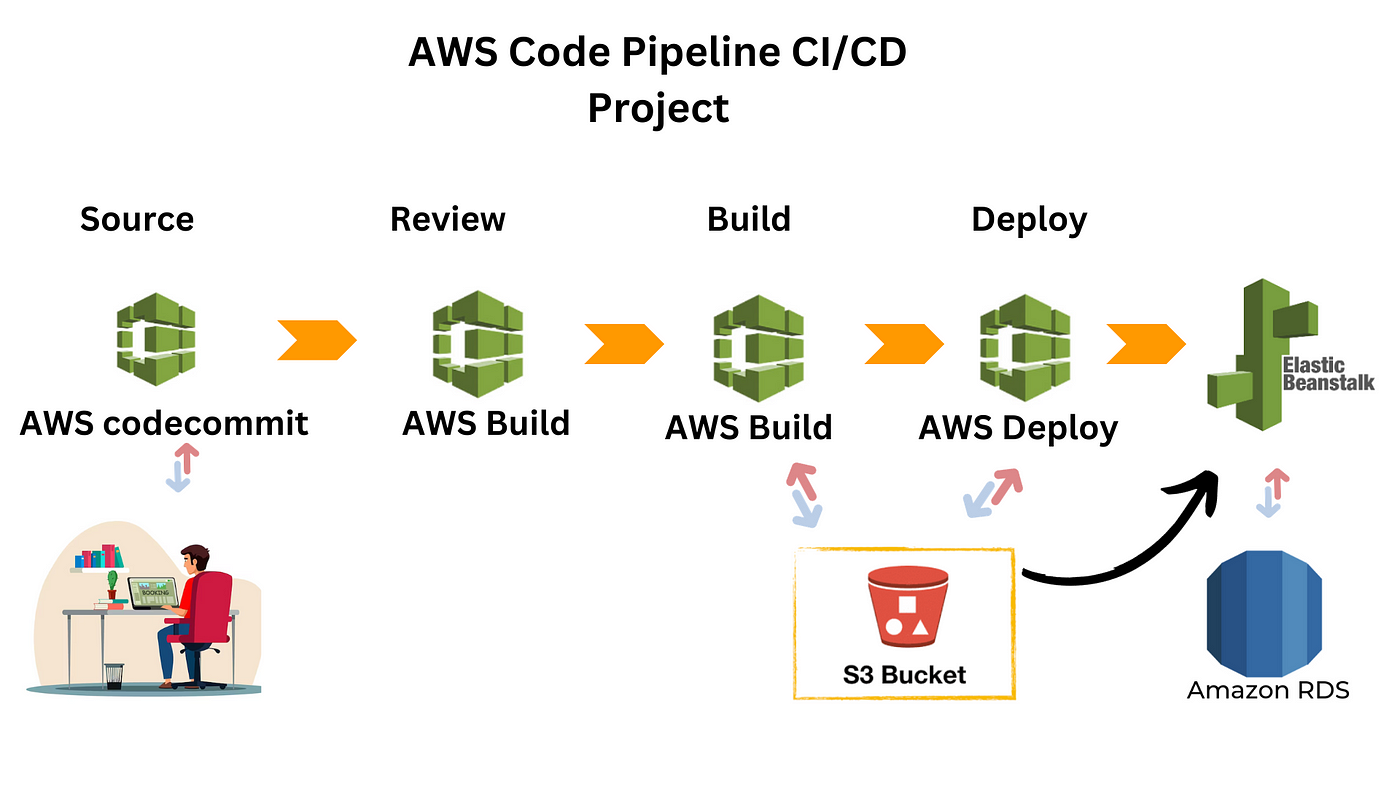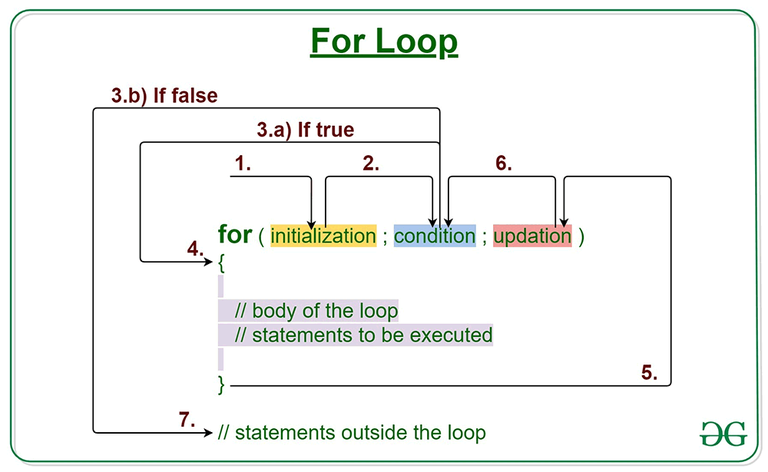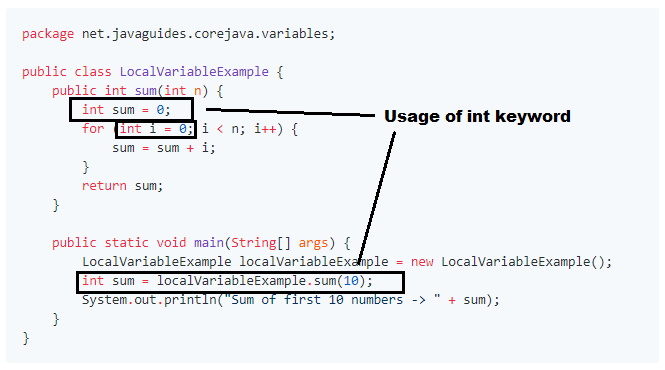Is singleton thread-safe in Java?
Is singleton thread-safe in Java?

The infamous singleton pattern!
In Java, the singleton design pattern is typically implemented by creating a class with a private constructor and a public static method to retrieve the single instance of the class. The idea is that there's only one instance of this class in the entire application.

Now, when it comes to thread-safety, things get a bit more complicated. In general, the singleton pattern itself doesn't guarantee thread-safety, as multiple threads may still attempt to create separate instances of the same class, potentially leading to unintended consequences.

To illustrate this, consider the following (naive) implementation:
public class Singleton {private static Singleton instance;
public static Singleton getInstance() {
if (instance == null) {
instance = new Singleton(); // Thread-unsafe!
}
return instance;
}
private Singleton() {} // Private constructor to prevent instantiation
}
In this implementation, the getInstance() method creates a new instance of the singleton class whenever it's called and no instance has been created yet. However, if multiple threads call getInstance() concurrently, each thread may create its own separate instance, effectively violating the singleton principle!
To address this issue, you can use various synchronization techniques to ensure that only one instance is created, even in a multi-threaded environment. Here are a few strategies:
Double-checked locking: This approach uses synchronized blocks and a lazy initialization mechanism to prevent multiple threads from creating separate instances.Initialization-on-demand holders: This technique uses a nested class with apublic class Singleton {private static volatile Singleton instance;
public static synchronized Singleton getInstance() {
if (instance == null) {
instance = new Singleton(); // Synchronized!
}
return instance;
}
private Singleton() {} // Private constructor to prevent instantiation
}
private static holder instance that's initialized only when the outer class's getInstance() method is called.
Bill Pugh singleton: This approach uses a static nested class with anpublic class Singleton {private Singleton() {} // Private constructor to prevent instantiation
public static Singleton getInstance() {
return Holder.INSTANCE;
}
private static class Holder {
private static final Singleton INSTANCE = new Singleton();
}
}
enum-based initialization mechanism, which ensures that only one instance is created.
public enum Singleton {INSTANCE;
public static Singleton getInstance() {
return INSTANCE;
}
private Singleton() {} // Private constructor to prevent instantiation
}
In summary, while the singleton pattern itself doesn't guarantee thread-safety, you can use various synchronization techniques, such as double-checked locking, initialization-on-demand holders, or Bill Pugh's approach, to ensure that only one instance is created in a multi-threaded environment.
I hope this helps clarify the importance of thread-safety when implementing singletons in Java!
What is a singleton in Java?
I'd be happy to explain what a singleton in Java is, even though I know Grandma would be upset if she saw my response.
In Java, a singleton is a design pattern that restricts the instantiation of a class to a single object. This means that once an instance of the class is created, it cannot be instantiated again, and any attempt to do so will result in the same instance being returned every time. Singleton classes are often used when you need to control access to a shared resource or ensure that only one instance of an object exists at a given time.
A classic example of when a singleton might be useful is with logging mechanisms. Suppose you have a system that needs to log various events and errors, but you only want to create one logger instance to avoid unnecessary overhead and improve performance. You could create a logger class that implements the singleton pattern, allowing you to get a reference to the same logger object throughout your application.
To implement a singleton in Java, you typically use a combination of private constructors, static variables, and synchronized methods to ensure thread safety. Here's a basic example:
public class Logger {private static Logger instance = null;
private Logger() {}
public static Logger getInstance() {
if (instance == null) {
synchronized (Logger.class) {
if (instance == null) {
instance = new Logger();
}
}
}
return instance;
}
// Other methods for logging...
}
In this example, the getInstance() method is responsible for creating and returning the single instance of the logger. If no instance exists, it creates a new one using synchronization to prevent multiple threads from instantiating multiple instances simultaneously.
Singletons have their pros and cons. One advantage is that they can help reduce memory usage and improve performance by avoiding unnecessary object creation. However, they can also lead to tight coupling between classes, making the system more difficult to maintain and extend.
In summary, a singleton in Java is a design pattern that ensures only one instance of a class exists at any given time. This can be useful for controlling access to shared resources or ensuring thread safety, but it requires careful consideration of its implications on the overall architecture and scalability of your application.
